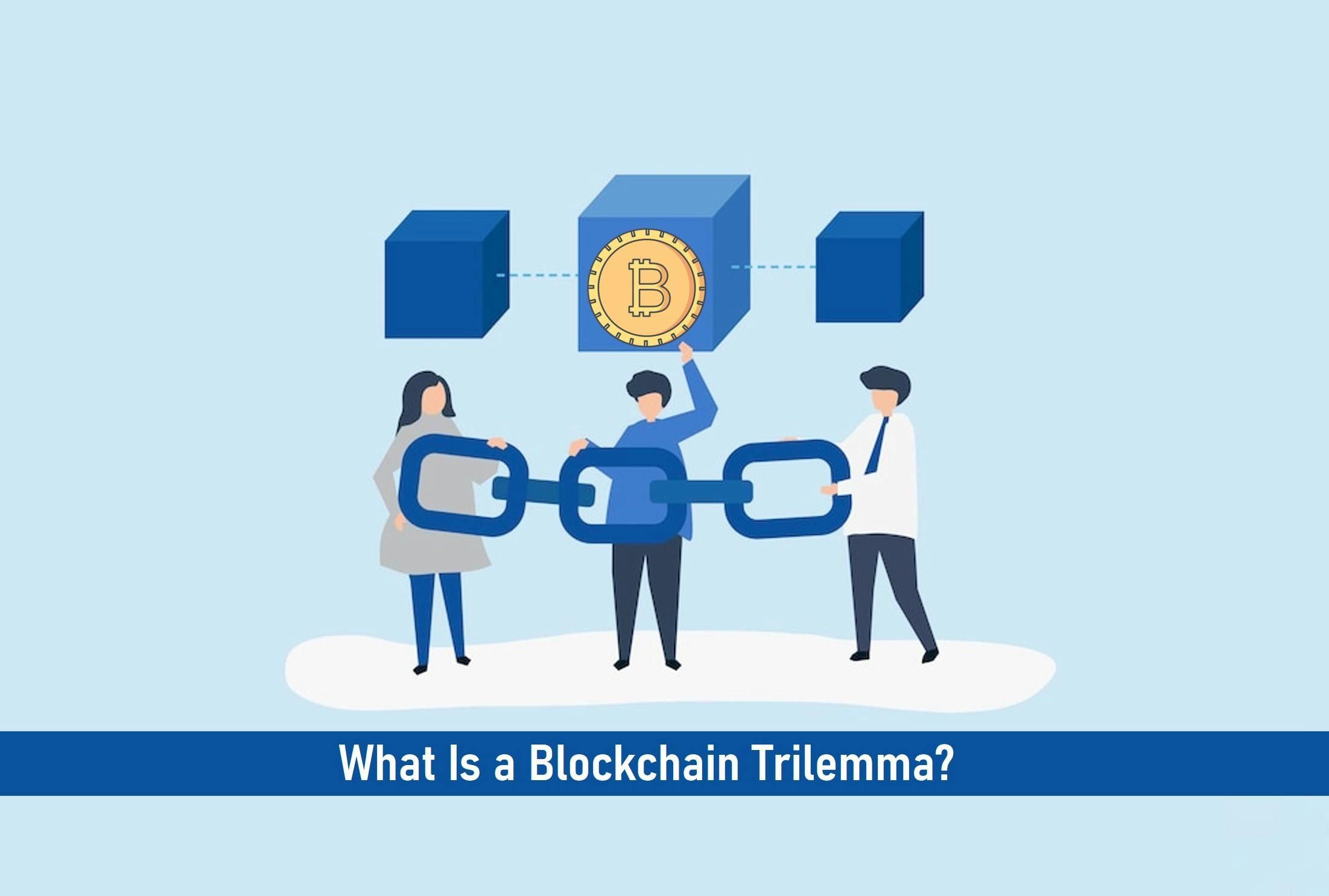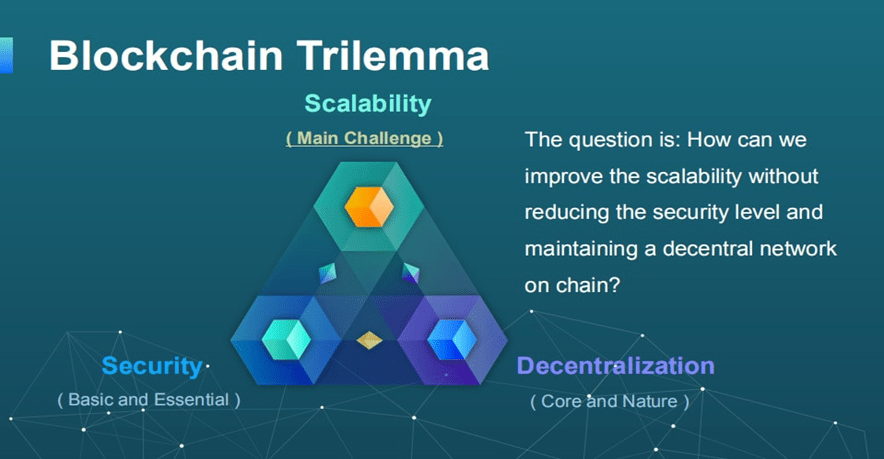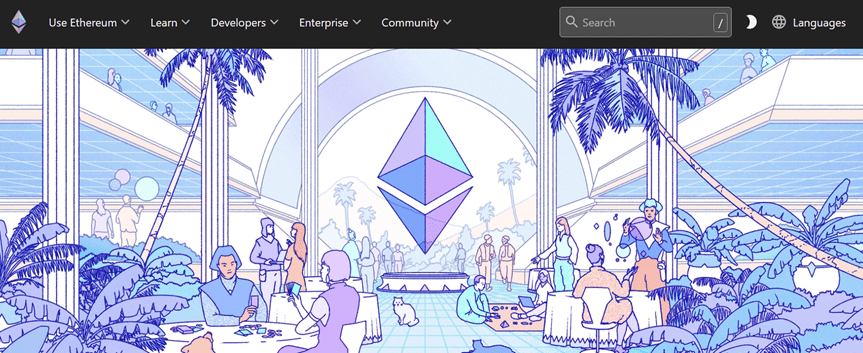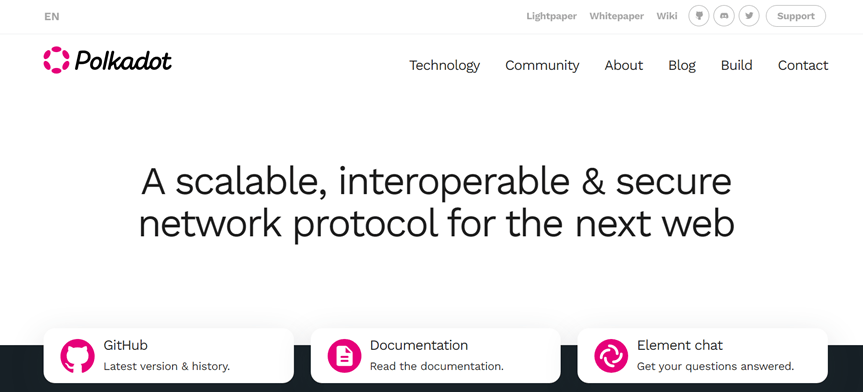
To make things pretty simple, the blockchain trilemma is a term that was coined by Vitalik Buterin. The word trilemma here refers to scalability, decentralization, and security.
These three terms are the major issues faced when building a blockchain and most times, all three cannot be accounted for in the blockchain, so developers are forced to pick two to account for on the blockchain out of the three.

Key Takeaways
• The Ethereum and Polkadot projects today are some of the projects that making efforts to see to it that a solution is achieved that would ensure that the blockchain can comfortably account for decentralization, scalability, and security.
• The major concern for most developers back then was to build a blockchain that was decentralized as that was a major point of interest before anything else.
• It is the hope that in the future, the scalability problem will be a thing of the past, and in turn, the blockchain will be adopted by all sectors and businesses across the globe.
• The Lightning Network initiative is an excellent way of solving the blockchain scalability problem by providing channels through layer solutions that would divert part of the transactions away from the blockchain directly.
SEE ALSO: Best Blockchain Node Providers – All you Need to Know
SEE ALSO: Top 10 Cryptocurrencies With The Fastest Blockchains In The World
SEE ALSO: 7 Best Bitcoin Blockchain Explorers for Confirming Transactions
Most times blockchain developers tend to go for decentralization and security over scalability because of how important they are to the blockchain.
Let us take a look at why this is so…
Decentralization and Security
The word decentralization is a very important word, not just for blockchains but also for cryptocurrencies as well.
It is the very essence of blockchain and is usually incorporated because no one wants any central authority to assume control over the project.
Also, the traditional financial system is already centralized so developers thought to create a blockchain that would challenge this traditional financial system by making it decentralized.
So basically, one of the main goals of blockchain would be to give us direct access to our money and enable us to have more control over our finances.
In terms of security, developers find it very important because of the transactions that are done and validated on the nodes of the blockchain.
The more nodes on a blockchain, the more a blockchain is decentralized and the more efficient security becomes.
Now, the major question that may come to your mind is what happens when scalability is added to the above-mentioned two on a blockchain?
Well, it is quite simple, adding in the scalability feature on the blockchain will compromise security on the blockchain because so far these two tend to negate each other.
So if as a developer you do proceed to add in scalability, you would be limiting how far the blockchain can be distributed and this weakens the blockchain security opening the blockchain to hackers who would now have an easier time taking over the network and compromising the security.
Why the blockchain needs to incorporate Scalability despite the drawbacks
Although the blockchain has a scalability issue, it does have to incorporate it if it is expected to gain massive adoption across all sectors.
No one would want to make use of a blockchain with slow transaction time and speed against traditional systems that have these qualities.
This is why solutions are being provided through certain crypto projects that are seeing to it that the blockchain gets upgraded in such a way that it is well capable of accounting for scalability without compromising either security or decentralization.
Here are some of the solutions below:
Ethereum 2.0: Sharding and Rollups

Ethereum is one project that is working towards eliminating the scalability problem in blockchain through the introduction of Sharding and Rollups.
Ethereum Sharding here basically means that transactions are broken up into bits on the Ethereum blockchain making transactions speeds faster within the same time frame without congestion.
Also, the security is well intact because these shards interact with themselves to relay information to the blockchain so nothing gets compromised.
Rollups mean allowing networks on the Ethereum blockchain to roll-up transactions into a single chain before being sent to the main chain. What this does is that it reduces data needed for the transaction, reduces traffic, and enhances speed.
The Lightning Network: State Channels
The lightning network is a layer-2 solution that reduces the cost of transactions on the blockchain through channels that are set up to enable individuals to transact on them instead of transacting directly on the blockchain.
Once these channels are closed, the opening and closing information is then sent to the blockchain and because these channels make use of smart contracts, the security is not compromised.
Polkadot: Relay Chains and Parachains

Polkadot just like Ethereum is looking for ways to solve the problem of scalability and it is doing that through relay chains and parachains.
Polkadot achieves this by collaborating blockchains with one another where the networks are connected to a relay chain to offer very high scalability and by using parachains as independent blockchains that connect to the main relay chain.
Final Thoughts
The future is still uncertain when it comes to the capabilities of what blockchain has to offer.
But one thing is certain, with the efforts put in place towards making blockchains fully decentralized, scalable, and highly secure, the world would transition to a place where there would be a massive scale of blockchain adoption.
That is why some developers still believe that it is possible and are making efforts toward making it a reality.
Read More




